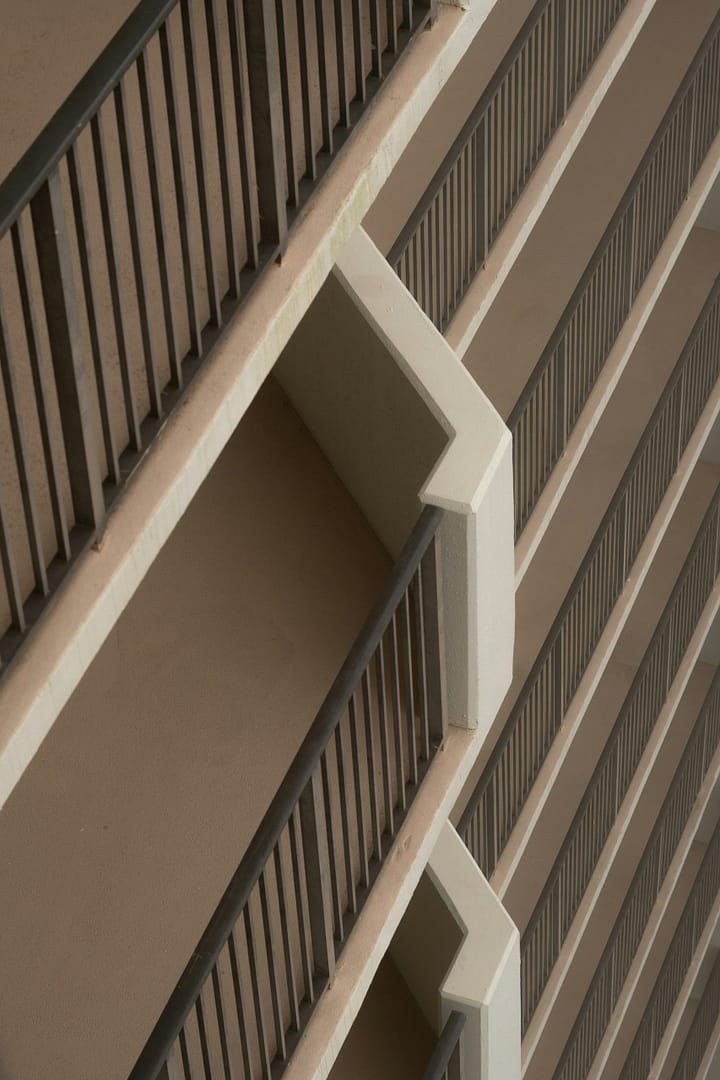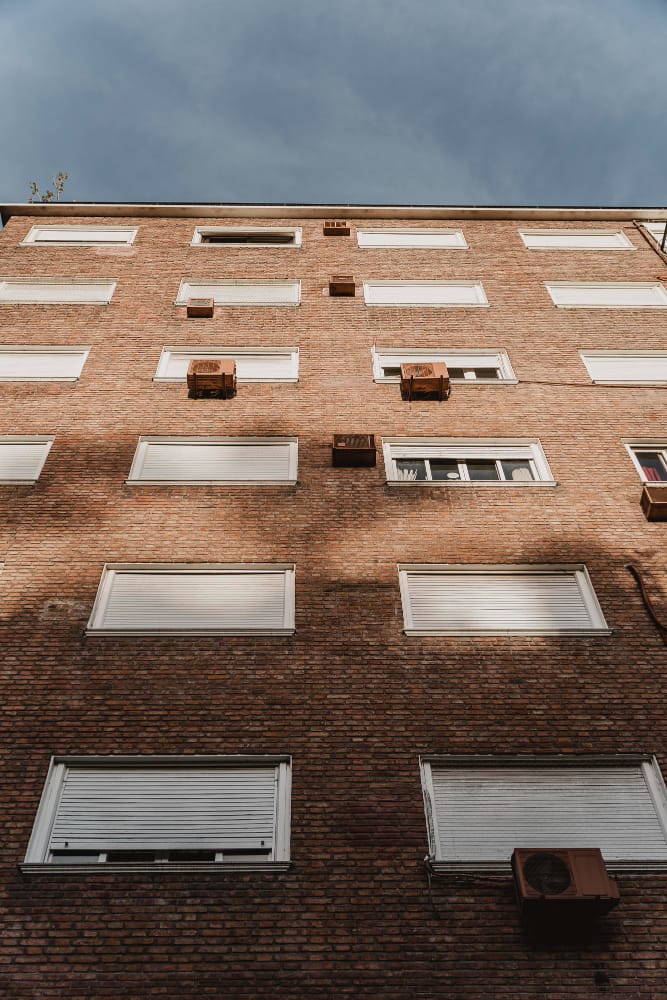Damp and mould are common problems faced by many tenants and homeowners in the UK. Not only do they create an uncomfortable living environment, but they can also lead to serious health issues and, in some cases, affect the structural integrity of a property. If you are dealing with damp and mould in your home, it’s important to understand how to assess the issues, determine liability, and know your rights under UK law. In this blog, we will guide you on how to identify and assess damp and mould problems, as well as provide information on pursuing a claim if you’re entitled to compensation.
What Are Damp and Mould Issues?
Damp refers to the presence of excess moisture in a building that can lead to the growth of mould. It can appear in various forms, including rising damp, penetrating damp, and condensation damp. Damp issues are often a result of poor property maintenance or inadequate insulation, which allows moisture to enter or accumulate within the walls and floors.
Mould is a fungus that thrives in damp environments. It typically appears as black, green, or white patches on walls, ceilings, and floors. Mould can lead to a range of health issues, including respiratory problems, allergies, and skin irritations. In some severe cases, it can also cause structural damage to the property.
How to Identify Damp and Mould Problems
Identifying damp and mould in your property is the first step towards addressing the issue. Here are the most common signs to look out for:
- Visible Mould Growth: Look for patches of mould on walls, ceilings, and windowsills, particularly in areas with poor ventilation, such as bathrooms and kitchens.
- Musty Odour: A strong, musty smell in your home could be a sign of mould growth. This odour often occurs in areas affected by dampness.
- Peeling Paint or Wallpaper: Damp can cause paint or wallpaper to peel away from walls, as moisture weakens the adhesive.
- Condensation: Excess moisture on windows, especially during colder months, is a sign of condensation, which can lead to mould growth if left untreated.
- Water Stains: Brown or yellow water stains on walls or ceilings are indicators of water ingress, which could be caused by a leak or rising damp.
Assessing Liability for Damp and Mould Issues
Once you have identified damp and mould problems in your property, it’s important to determine who is responsible for addressing the issue. In most cases, landlords and property owners have a legal obligation to maintain the property and ensure it is free from hazards that could affect tenants’ health and safety.
Landlord Responsibilities
Under UK law, landlords are required to maintain their properties in a safe and habitable condition. This includes ensuring that the property is free from damp and mould issues. If a tenant’s property becomes affected by damp or mould, and the landlord has failed to address the issue despite being informed, the tenant may have grounds for a claim. This is especially true if the mould growth is caused by issues such as poor ventilation, leaks, or inadequate repairs.
Legal Obligations of Landlords:
- The Housing Health and Safety Rating System (HHSRS): According to the government’s Housing Health and Safety Rating System (HHSRS), landlords are required to assess and address issues that could impact the health and safety of tenants. Damp and mould are considered hazards under the HHSRS and must be resolved promptly.
- The Landlord and Tenant Act 1985: The Act requires landlords to maintain the structure and exterior of the property. If the damp or mould is caused by issues such as a leaking roof, faulty plumbing, or other structural defects, the landlord must carry out repairs in a reasonable time.
- The Environmental Protection Act 1990: This Act ensures that tenants living in properties with damp and mould problems can make a complaint to the local council if the issue is severe. Councils have the power to take enforcement action if necessary.
Tenant Responsibilities
While landlords are generally responsible for maintaining the property, tenants also have some obligations. Tenants must keep the property well-ventilated, use heating appropriately, and avoid excessive condensation. However, if damp or mould is caused by factors outside the tenant’s control (such as a leaking roof or faulty pipes), the landlord is usually liable for repairs.
How to Prove Liability and Make a Claim
If you’re experiencing damp and mould issues, and you believe the landlord is responsible for the problem, you may be entitled to compensation or repairs. Here’s how to prove liability and make a claim:
- Document the Issue: Take photos and videos of the damp and mould growth, noting the extent of the damage. Keep a record of any communication with your landlord, including emails or letters requesting repairs.
- Get Expert Advice: Consider getting a professional report from a surveyor or damp specialist. This will help provide evidence that the damp and mould is due to a structural problem or inadequate maintenance by the landlord.
- Contact Your Landlord: Notify your landlord in writing about the damp and mould problem and request repairs. Make sure to give them a reasonable timeframe to address the issue. If the landlord fails to act, you may need to escalate the issue.
- Seek Legal Advice: If your landlord fails to resolve the issue or is unresponsive, you may need to seek legal advice. National Claims can help put you in touch with experienced solicitors who can assist with your claim.
Conclusion
Damp and mould issues in your home can be distressing, but it’s important to know your rights and the steps you can take to resolve the problem. If your landlord is responsible for the issue and has failed to address it, you may be entitled to compensation. By documenting the problem, seeking expert advice, and working with experienced solicitors, you can ensure that the situation is properly handled and your health and safety are protected.
Contact National Claims today, and we will put you in touch with an expert solicitor who can guide you through the claims process.📞 Call us now free 0800 029 3849 or 📩 Submit an online enquiry to speak to our team. Your safety and well-being matter, and we’re here to help.

We’re proud of our excellent customer reviews
We thrive on delivering exceptional service and ensuring our clients’ satisfaction. Don’t just take our word for it. Check out some of our independent reviews to see what our clients have to say.
Excellent

This firm is excellent, they sorted out my car pay out and injury claim very fast, they always communicate with you all the time.

My accident case was dealt with confidence and with great result of the outcome, especially James kept me informed all the time.

I was very impressed at the way my inquiry was treated. I was listened to attentively and everything I needed to know was explained to me.






